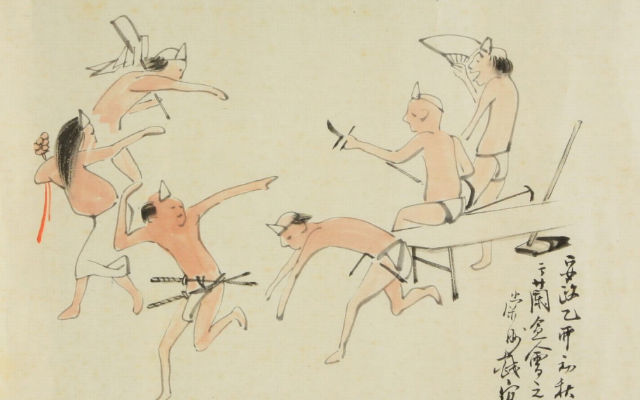
Source: Kotenseki Sogo Database
Japanese Pictorial Scroll From The Meiji Period Depicts Hell With Endearing Charm
- Source:
- Kotenseki Sogo Database
Related Article
-
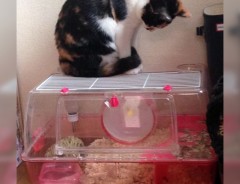
This Cat In Japan Learned The Cutest Trick By Watching Its Hamster Friend Everyday
-
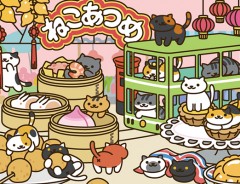
World’s First Official Neko-Atsume Store Is Limited Time Only, But Has Such Adorable Goods
-
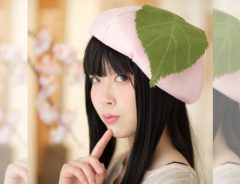
These Sakura Mochi Hats Just Made Us Love Cherry Blossom Season Even More
-
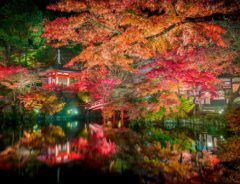
This Photographer Shows Why Kyoto is One of The Most Beautiful Places on Earth
-
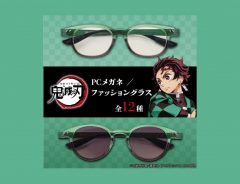
Bandai unsheathes Demon Slayer character PC and fashion eyeglasses
-
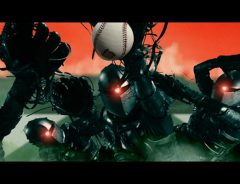
Stunt-Ninjas Are The Best Cheerleaders Ever For WBC 2017[PR]

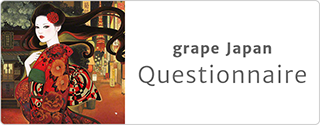
Most cultures have varied beliefs of the afterlife, and when it comes to imagining what life after death will be like for the deceased, people have had little problem depicting their own versions. The Japanese are no different, and there have been numerous paintings and pictorial scrolls drawn throughout history illustrating the Otherworld — especially the burning pits of Hell.
Jigoku Emaki, literally translated as "Hell Scroll," have often been drawn by Japanese artists over the centuries, and most depict Hell as a terrifying, tortuous place inhabited by those who have committed unspeakable sins during their lives. But one scroll, assumed to have been drawn in the beginning of the Meiji Period, takes the cake not for the horror it represents, but for its surprisingly quirky charm.
Though the scroll indeed shows hellish scenes of the underworld, the monsters and unfortunate humans all seem to have the expression of an unworried, happy-go-lucky collective of individuals who just so happened to have wound up in the fiery world. In fact, their carefree faces and the delicate touch of the drawings depict scenes of Hell that are actually quite cute.
The scroll is currently available in its entirety on the Kotenseki Sogo Database run by Waseda University. It reveals illustrations from the 23-centimeter (9-inch) long scroll, all which will give you an intriguing look into this whimsical imagery of Hell.
Source: Kotenseki Sogo Database